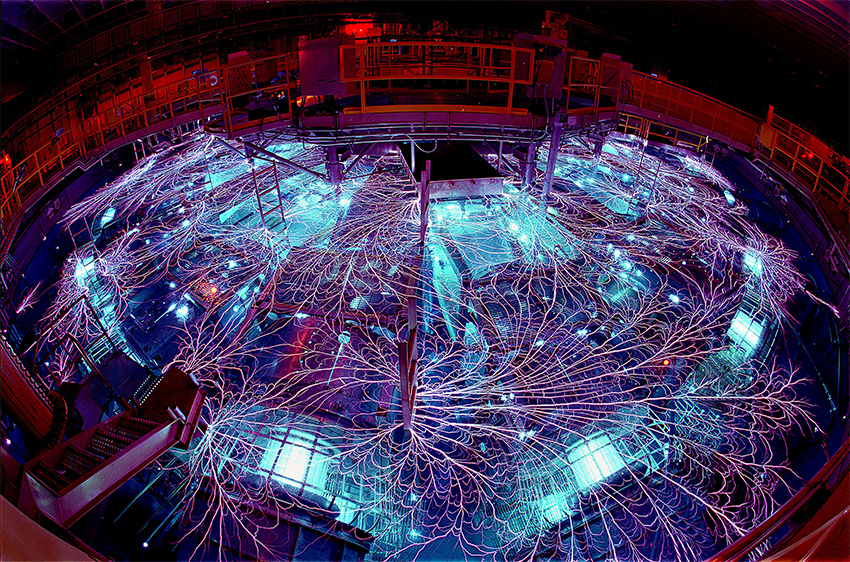Although astronomy is normally an observational science, meaning that scientists can only take measurements from existing phenomena, UT’s new Center for Astrophysical Plasma Properties is designed to transform astronomy as an experimental science while supporting graduate student education.
“It’s really a creative idea,” astronomy professor Volker Bromm said. “The universe can’t be controlled. Astronomers have to live with what it is. But the lab can create a sort of limited artificial universe where variables can be changed and properties can be studied. This will help us understand the universe on a deeper level.”
One of CAPP’s current projects focuses on determining white dwarf star masses.
“When we observe stars, we can diagnose their properties by looking at the light that comes from the very outer part of their atmospheres,” said Mike Montgomery, a UT astronomy researcher and the deputy director of CAPP.
An incomplete understanding of how atoms in high density environments absorb and emit light, however, means that current models are not accurate enough to calculate white dwarf star masses, Montgomery said.
“Astronomy is typically an observational science,” Montgomery said. “We can’t put stars in our lab, but we can produce conditions that approximate a white dwarf star and measure how hydrogen atoms behave.”
Other current projects include experiments on the physics of black holes and our sun.
CAPP Director Don Winget and his colleagues have been running astrophysics experiments at the Sandia National Laboratories in Albuquerque since 2009. Around the same time, several other groups began related astrophysics experiments at the Sandia National Laboratories, Montgomery said.
“There was a common, shared purpose,” Montgomery said. “We grew together and eventually realized we could be a lot more effective if we operated under the same umbrella. About a year ago, we got this idea to fund and tie all the research together. We might not have gotten the grant approved if we hadn’t shown that the experiments work.”
One main goal of CAPP, which is funded by the NNSA Stockpile Stewardship Program, is to financially support students studying astrophysics and related fields throughout their Ph.D. journey.
“It’s difficult to support graduate students,” Montgomery said. “Getting a Ph.D. takes around six years, but most research grants only last three years.”
Montgomery and Winget will present CAPP and its potential impacts at this year’s Great Lecture in Astronomy on Saturday. The lecture will take place at 1:30 p.m. in the Avaya Auditorium, POB 2.302.















